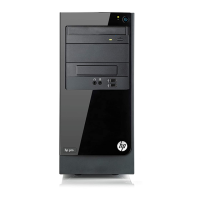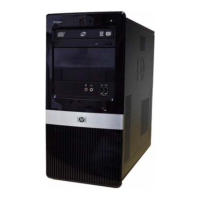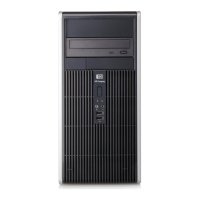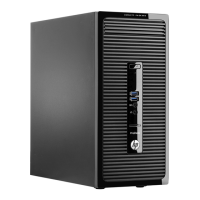Table 3-6 Computer Setup—Advanced (for advanced users) (continued)
BIOS Power-On Allows you to set the computer to turn on automatically at a time you specify.
Onboard Devices Allows you to set resources for or disable Legacy devices.
Select the Legacy device's IRQ, DMA, and I/O Range. The settings may not take effect for all
operating systems. To hide a device from the operating system, see Security > Device Security.
Bus Options Allows you to enable or disable:
● PCI SERR# Generation. Default is enabled.
● PCI VGA Palette Snooping, which sets the VGA palette snooping bit in PCI configuration
space; only needed when more than one graphics controller is installed. Default is disabled.
Device Options Allows you to set:
●
Printer mode (Bi-Directional, EPP + ECP, Output Only). ECP = Enhanced Capabilities Port,
EPP = Enhanced Parallel Port. Default is EPP+ECP.
●
Num Lock State at Power-On (off/on). Default is off.
●
Integrated Video (enable/disable). Use this option to disable the integrated video controller
when another video controller is present in the system. Default is enabled.
● Integrated Graphics (Auto/Disable/Force) Use this option to manage integrated (UMA)
graphics memory allocation. The value you choose is allocated permanently to graphics and
is unavailable to the operating system. For example, if you set this value to 512M on a
system with 2 GB of RAM, the system always allocates 512 MB for graphics and the other
1.5 GB for use by the BIOS and operating system. Default is Auto which sets memory
allocation to 512 MB.
If you select Force, the UMA Frame Buffer Size option displays, which lets you set the UMA
memory size allocation between 32 MB and 1 GB.
●
Internal Speaker (does not affect external speakers). Default is enabled.
● NIC PXE Option ROM Download (PXE, iSCSI, disabled). The BIOS contains an embedded
NIC option ROM to allow the unit to boot through the network to a PXE server. This is
typically used to download a corporate image to a hard drive. The NIC option ROM takes up
memory space below 1MB commonly referred to as DOS Compatibility Hole (DCH) space.
This space is limited. This F10 option will allow users to disable the downloading of this
embedded NIC option ROM thus giving more DCH space for additional PCI cards which may
need option ROM space. The default will be to have the NIC option-ROM-enabled. Default is
PXE.
●
SATA RAID Option ROM Download (enable/disable). The BIOS contains an embedded
SATA RAID option ROM for RAID support. This can be temporarily disabled to save DCH
space. Note that with the option ROM disabled, users will be unable to boot to hard drives in
the system while running in RAID mode. Default is disabled.
●
Multi-Processor (enable/disable). Use this option to disable multi-processor support under
the OS. Default is enabled.
●
Hyper threading (enable/disable). Use this option to disable processor hyper-threading.
● Turbo Mode (enable/disable). Allows you to enable and disable the Intel Turbo Mode feature,
which allows one core of the system to run at a higher than standard frequency and power if
other cores are idle. Default is enabled.
20 Chapter 3 Computer Setup (F10) Utility
